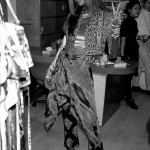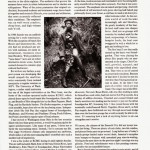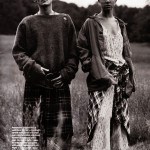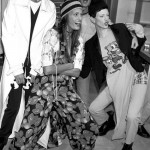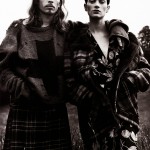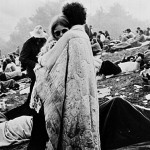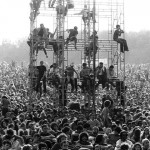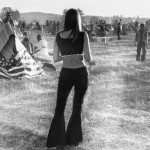Collection that Kurt Cobain set on fire and the fashion industry condemned
https://www.youtube.com/watch?v=0-U6TpMx_tY
In 1992, Marc Jacobs presented his Spring/Summer 1993 for Perry Ellis with a clear aesthetic: grunge. Turning the established identity of the house and the fashion industry on its head, the show entered to the fashion history and was a prime example of a designer doing exactly he wanted.
At the time, Jacobs was the head of Perry Ellis, a traditionally chic and bourgeois label which mixed the classic and sexy styles that monopolized the 1980s fashion industry. Jacobs decided for his Spring/Summer 1993 show that the fashion industry had become too homogenized, taking it upon himself to break with the Perry Ellis’ chic aesthetic and present a collection that was shockingly dressed-down.
“Grunge is anathema to fashion,” wrote Cathy Horyn in her 1992 show report of Marc Jacobs’ Perry Ellis collection. „Rarely has slovenliness looked so self-conscious, or commanded so high a price.” Hers was one amidst many condemnations that rained down from journalists, editors and buyers alike. Just weeks after, Jacobs was summarily fired from the brand and the line itself was shut down. The pieces never went into production – on paper, it should have signaled the end of his career.
Instead, S/S93 at Perry Ellis was the start of something, marking Jacobs as a pioneer of youth culture and a renegade when it came to inspirations.
The Show
Models wore floating chiffons teamed with Doc Martens, cashmere thermals with oversized plaid shirts tied around their waists and baggy nightdresses. Hair was stringy and matted, cheeks were flushed as they marched down the runway to the sounds of Sonic Youth (https://www.youtube.com/watch?v=RIIEbrMXs20), Nirvana and L-7. It was an explicit homage to the trends that been propelled into general consciousness by the success of bands like Nirvana and ended up in Hollywood through Cameron Crowe’s 1992 film Singles. „I wanted them to look the way they do when they walk down the street, which is not dolled up,” Jacobs explained in a 1993 New York Times interview. „I didn’t want them to look like drag queens, and I didn’t want them to look like creatures… That’s the way beautiful girls look today: they look a little bit unconcerned about fashion.”
The People
Christy Turlington opened the show; Kate Moss and Kristen McMenamy closed it. In between appeared Tyra Banks, Naomi Campbell, Yasmin Le Bon and Carla Bruni. It was iconic.
Grunge & Glory
Grace Coddington dressed some more in the pieces for an iconic Stephen Meisel shoot for US Vogue titled Grunge and Glory. (Vogue USA/ December 1992: Nadja Auermann, Kristen McMenamy, Naomi Campbell & others, by Steven Meisel/ Grunge & Glory) Today, Steven Meisel’s “Grunge & Glory” shoot from the December 1992 issue of US Vogue – in warm Perry Ellis plaid and Nirvana t-shirts – feels every bit as fresh and relevant as back then.
Kurt&Courtney
As a gesture of tribute, Jacobs sent the samples to Cobain and Courtney Love. “Do you know what we did with it?” Love said in 2010, horrified at the memory. “We burned it. We were punkers – we didn’t like that kind of thing.”
The Impact
At Milan Fashion Week the following season, Suzy Menkes handed out hand-made badges printed with the words „Grunge is Ghastly”. Trish Donnelly condemned the collection as „grunge garbage” and a New York magazine headline read “Grunge: 1992–1993, R.I.P” ( later that year, Kurt Cobain was photographed wearing a t-shirt that read „Grunge is dead”). On top of it all, Jacobs was fired from the house he’d been hired to invigorate.
Bringing grunge to the forefront of fashion, the collection remains among the legendary fashion moments that changed the industry honored independent music on the catwalks.
